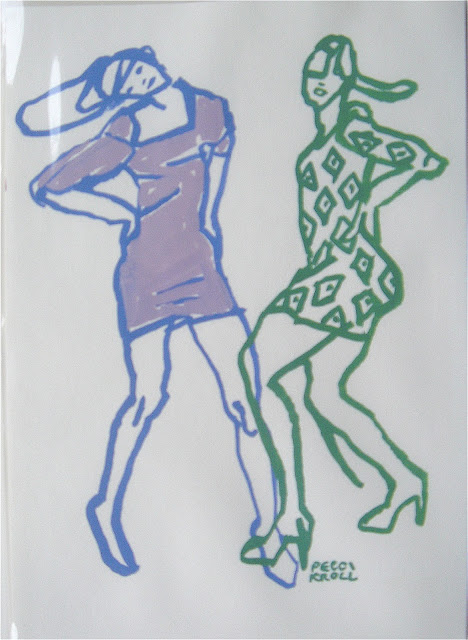The following are a few examples I bring with me to workshops I teach. One thing I try to express is how powerful manipulating the fundamentals can be. It's why I believe there is room for everybody to have their "own voice".
With this demo I painted from a photograph. I did four different interpretations of the same photo. Top left is a "high value key". Bottom left a "darker value key". Bottom center is most representational of actual setting. Top right I pushed up the chroma on all the colors.
The demo on the left was another example of a "high value key" exercise. I had the model in really dark value clothing so the students would have to get past painting the values they actually saw. The demonstrations on the right show how you can use different value arrangements for the same subject.
This is an exercise we always start with. Finding a simple value plan of our subject and then interpreting it in color staying as true as possible to our value sketch. This is really an important part of planning a painting.
This board shows three quick demos. Left, a demonstration of a backlit figure using a few values. Center, a quick light and shadow demo of the model in a studio setting. Right, a quick demo of a backlit figure in color. These were really to show how I get started.
I take a lot of what I call "teaching tools" with me to workshops I teach. It gives students a good idea of what to expect over the course of the class. It helps me explain the exercises I plan. I have collected stacks of these and always refer to them as well as demo new ones. This one shows the simplified planes for an adult head I use and the lower right corner shows a demo of shifting the value range up to the lighter tones.





























